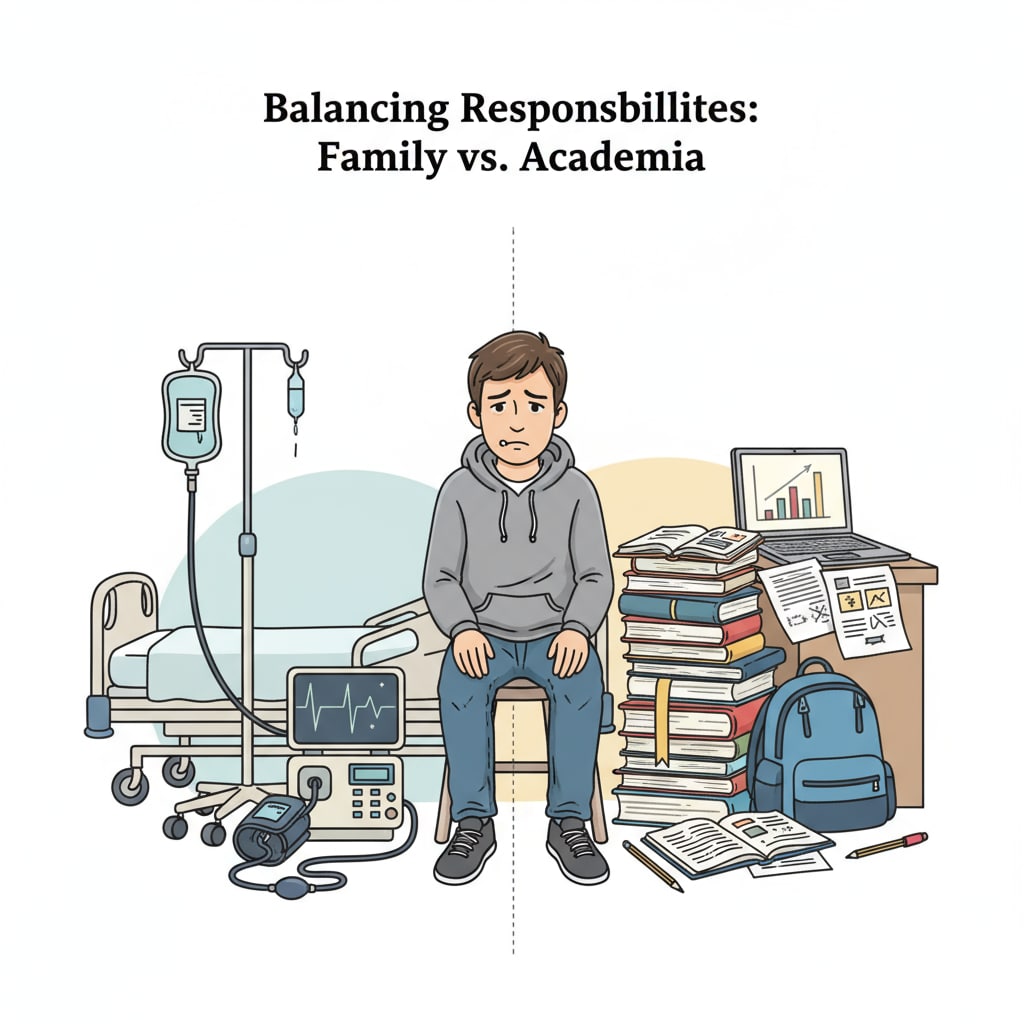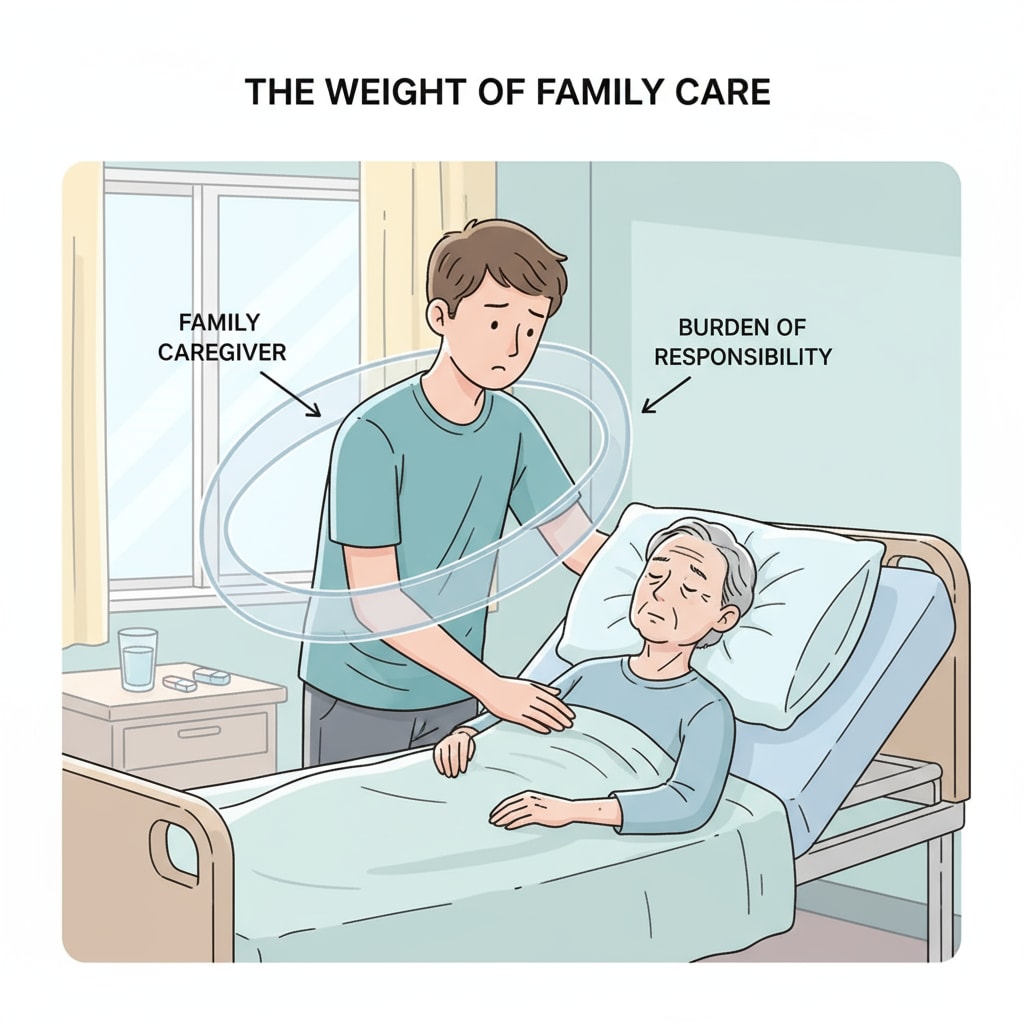Family responsibilities, academic pressure, and emotional turmoil are intertwined challenges that many students in the K12 education system grapple with. Consider the story of a 17-year-old student who found themselves at a crossroads, torn between the hospital bedside of a sick mother and the demands of the classroom. This real-life scenario highlights the complex issues students face and the need for a more understanding educational environment.

The Burden of Family Responsibility
When a family member falls seriously ill, like the 17-year-old’s mother who was undergoing chemotherapy, the weight of caregiving often lands on the shoulders of family members. In this case, the student had to take on tasks such as helping with daily needs, attending medical appointments, and providing emotional support. This added a significant layer of responsibility outside of school. According to American Psychological Association research on family stress, such situations can have a profound impact on a young person’s life.

Crushing Academic Pressure
Simultaneously, the academic pressure in the K12 system is relentless. Teachers expect students to keep up with assignments, tests, and class participation. For the 17-year-old, with their newfound family responsibilities, it became nearly impossible to meet these expectations. They missed classes, struggled to complete homework, and felt the stress mounting. As stated by National Center for Education Statistics data on student workload, the average K12 student has a significant amount of academic work to handle, which can be overwhelming under normal circumstances, let alone when dealing with family issues.
The emotional toll of this situation cannot be underestimated. The student felt guilt for not being able to focus on schoolwork and anxiety about their mother’s health. This emotional turmoil affected their sleep, appetite, and overall well-being. It’s a common experience for students facing such dual challenges.
In conclusion, the story of this 17-year-old serves as a wake-up call. Educators, parents, and students need to work together to create a more compassionate educational environment. By understanding the family responsibilities students may have, providing support during difficult times, and reducing unnecessary academic pressure, we can help students better navigate the emotional and academic challenges they face.
Readability guidance: The article uses short paragraphs to present key points clearly. Each H2 section provides a focused discussion. Passive语态 is kept to a minimum, and transition words like ‘while’,’simultaneously’, and ‘in conclusion’ are used to connect ideas smoothly.


